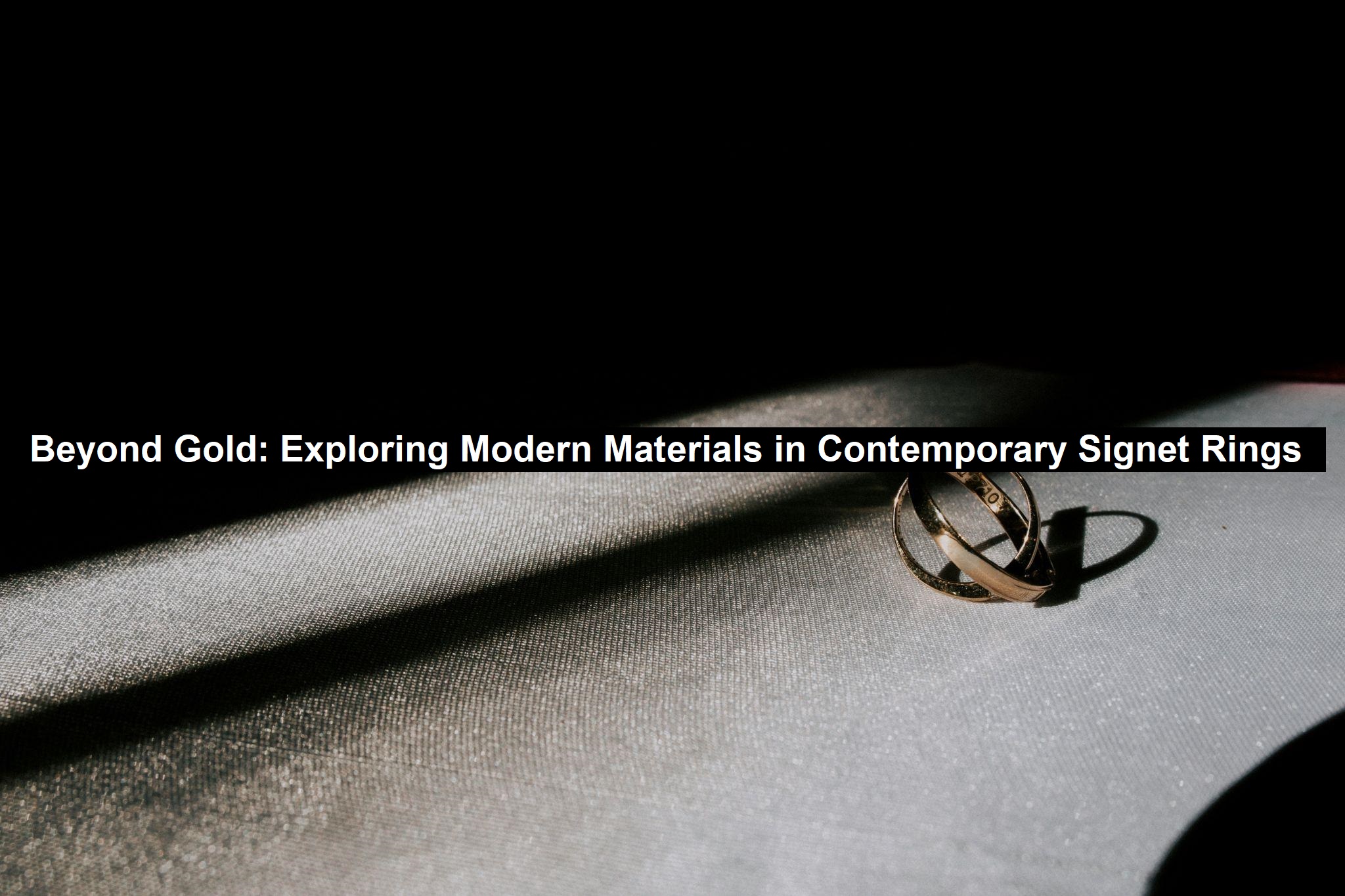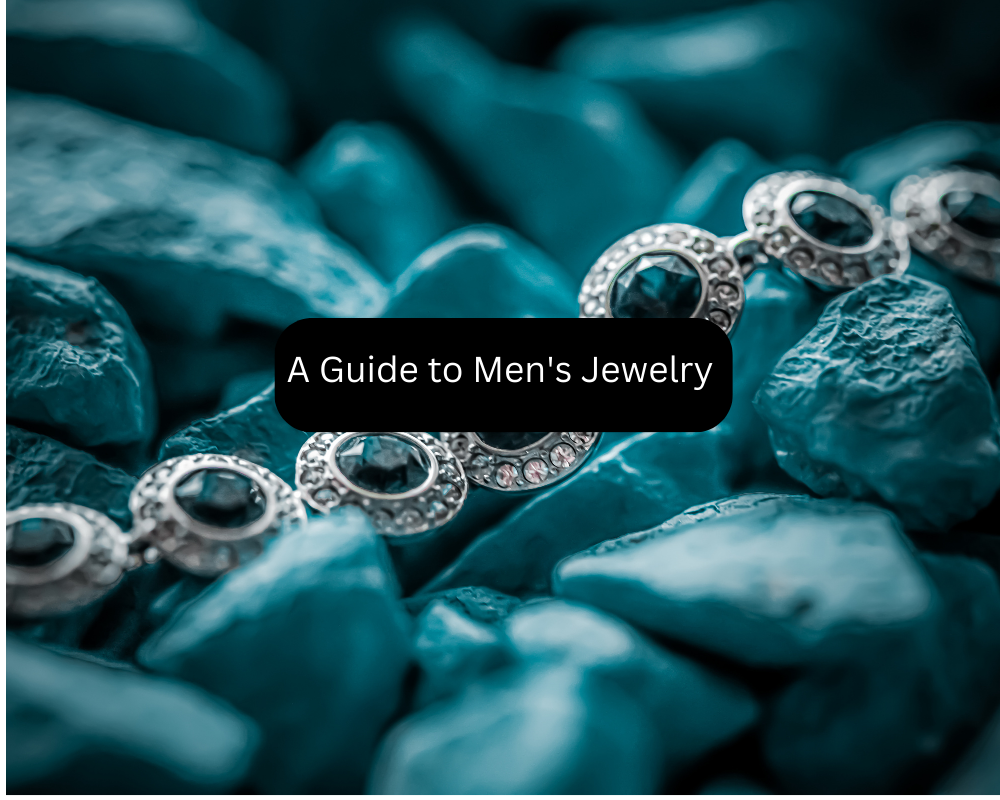A Guide to Men’s Jewelry
Men’s jewelry has been an integral part of fashion and culture for centuries, from ancient civilizations to modern times. While historically limited to signet rings or functional items like cufflinks, today’s men’s jewelry encompasses a wide range of styles, materials, and designs. A well-stocked jewelry toolbox essential for men includes a soft polishing cloth, a small screwdriver set, and a gentle jewelry cleaner. This guide aims to explore the diverse world of men’s jewelry, from traditional classics to contemporary trends, providing insights into how to choose, wear, and style different pieces.
1. History of Men’s Jewelry:
Ancient Civilizations
In civilizations like Egypt and Rome, men wore jewelry as symbols of status, power, and identity. Items such as rings, necklaces, and bracelets were adorned with intricate designs and precious gemstones.
Medieval and Renaissance Periods
During the Middle Ages, men’s jewelry often featured religious symbols, while the Renaissance saw a resurgence of interest in classical motifs and decorative arts.
Victorian Era
In the 19th century, men’s jewelry became more restrained, with emphasis on signet rings and cufflinks as essential accessories for the well-dressed gentleman.
Modern Times
The 20th century saw a shift towards minimalist and functional designs, reflecting changing fashion trends and societal norms.
2. Types of Men’s Jewelry
a. Rings
Signet rings, wedding bands, and statement rings are popular choices for men’s jewelry. Signet rings often feature engraved initials or family crests, while wedding bands come in various metals and styles. Statement rings can range from bold gemstone designs to modern, geometric shapes.
b. Necklaces
Chains, pendants, and dog tags are common necklace options for men. Chains come in different lengths and thicknesses, while pendants can feature religious symbols, cultural motifs, or personal charms. Engraved pendants are a popular choice for men’s jewelry, offering a personalized and meaningful way to express their individuality. Dog tags have military origins but have become fashionable accessories in contemporary menswear.
c. Bracelets
From leather cuffs to beaded bracelets, there’s a wide variety of styles to choose from. Leather and metal cuffs offer a rugged, masculine look, while beaded bracelets add a bohemian or casual vibe.
d. Watches
While technically not jewelry, watches are essential accessories for men and often serve as statement pieces. From classic dress watches to sporty chronographs, the options are endless, allowing men to express their style and personality.
e. Cufflinks
Cufflinks are small but significant accessories that add a touch of sophistication to formal attire. They come in various materials such as precious metals, enamel, and gemstones, with designs ranging from classic to whimsical.
3. Materials and Metals
Precious Metals
Gold, silver, and platinum are classic choices for men’s jewelry, valued for their durability and timeless appeal. Each metal offers a different aesthetic, with gold being warm and luxurious, silver being sleek and modern, and platinum being strong and elegant.
Alternative Metals
Titanium, stainless steel, and tungsten are popular alternatives known for their strength, affordability, and hypoallergenic properties. These metals are often used for contemporary designs or men’s wedding bands.
Gemstones
While diamonds are a traditional choice, other gemstones like onyx, lapis lazuli, and turquoise are also popular for men’s jewelry. These stones add color and character to rings, necklaces, and bracelets, allowing men to express their individual style.
Read: A History of Jewelry Trends in Pop Culture
4. Choosing Men’s Jewelry
Personal Style
Consider your personal style and preferences when choosing men’s jewelry. Whether you prefer classic elegance, rugged masculinity, or modern sophistication, there’s a piece that reflects your individuality.
Occasion
Tailor your jewelry choices to the occasion. Formal events may call for understated pieces like cufflinks or a simple necklace, while casual outings allow for more experimentation with bold rings or layered bracelets.
Comfort and Fit
Ensure that the jewelry fits comfortably and complements your physique. Rings should be sized correctly, necklaces should hang at the right length, and bracelets should not be too tight or too loose.
Quality and Craftsmanship
Invest in high-quality jewelry crafted with attention to detail and superior craftsmanship. Quality pieces will withstand the test of time and maintain their beauty and value for years to come.
5. Styling Men’s Jewelry
Minimalist Look
For a minimalist aesthetic, opt for sleek, understated pieces like thin chains, simple rings, and minimalist watches. Keep the focus on one statement piece to avoid overwhelming the look.
Layering
Experiment with layering different types of jewelry for a stylish, eclectic vibe. Mix and match chains of varying lengths, stack rings on multiple fingers, or layer bracelets for a relaxed, bohemian look.
Mix of Metals
Don’t be afraid to mix metals for a modern, eclectic style. Pair gold and silver accessories for a contemporary twist, or mix metals with leather for a rugged, urban look.
Personalization
Add a personal touch to your jewelry collection with custom or engraved pieces. Engrave initials on a signet ring, customize a pendant with meaningful symbols, or create a bespoke piece that reflects your unique story.
6. Care and Maintenance
- Clean your jewelry regularly using mild soap and warm water, and dry thoroughly with a soft cloth.
- Store your jewelry in a clean, dry place away from sunlight and moisture to prevent tarnishing and damage.
- Avoid exposing your jewelry to harsh chemicals, perfumes, and lotions, which can dull the metal or damage gemstones.
- Have your jewelry professionally cleaned and inspected periodically to ensure it remains in optimal condition.
Conclusion
Men’s jewelry offers endless opportunities for self-expression and style, from classic pieces like, signet rings and cufflinks with timeless appeal to contemporary designs that push the boundaries of fashion. Whether worn as a symbol of status, a personal statement, or simply as a finishing touch to an outfit, men’s jewelry has the power to elevate and enhance one’s individuality. The impact of fashion on men’s jewelry has led to a surge in popularity for statement pieces that complement contemporary styles. By understanding the history, types, materials, and styling options available, men can confidently embrace the world of jewelry and curate a collection that reflects their unique personality and sense of style.











